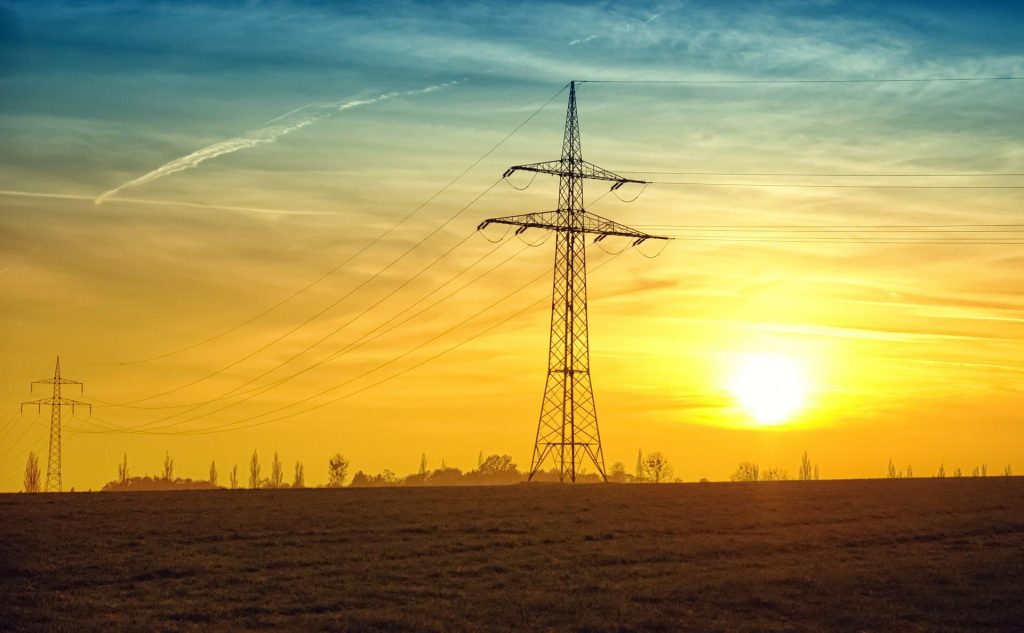
Researchers are looking to nature to build better power grids that are more resistant to various potential disturbances like natural disasters or cyberattacks.
Using biological ecosystems as inspiration, research published in the journal IEEE Transactions on Power Systems presented models of improved power systems that displayed greater survivability when faced with cyber or physical attack scenarios compared to traditional security-oriented designs.
“Our bio-inspired approach improves power system resilience, an urgent need, especially considering the increasing prevalence of natural disasters and cyberattacks,” said Dr. Astrid Layton, assistant professor and Donna Walker Faculty Fellow in the J. Mike Walker ’66 Department of Mechanical Engineering at Texas A&M University.
Layton and Dr. Katherine Davis, assistant professor in the Department of Electrical and Computer Engineering at Texas A&M, lead the interdisciplinary project and are supported by graduate students including Dr. Hao Huang, a recent doctoral candidate in the Department of Electrical and Computer Engineering. Potential applications of the research include improvements to power network design, power system operation and even renewable energy placement.
“Biological ecosystems are complex networks of species that together are very resilient to unexpected disturbances,” Layton said. “These networks offer unique guidance for designing resilient human networks. Here we have applied their characteristics, both topological and functional, to improve the robustness of power network design—such as in power grids—and operation.”
Huang said an ideal implementation of this type of system could result in fewer disruptions to the power supply during adverse weather conditions, less dependence on backup measures and a more secure power supply for critical buildings and tasks.
While most conventionally designed human networks tend to be focused on efficiency, Layton’s research explores the redundancy-favoring design that allows for added protection against potential disturbances by utilizing more than one source of power. This method is preferred by biological ecosystems and boosts resilience while supporting their growth and development. In this application, the biologically inspired redundancy allows power grids to adaptively adjust according to the needs of the network.
“While mimicking the actual redundancy levels found in ecosystems in power systems may not be practical due to the economic consideration, it is possible to use the biological behavior to strategically add redundancy, either with additional power lines or in how power flows are controlled to improve the resilience with reasonable costs,” Layton said.
The team’s study showed that power grids designed to achieve ecological robustness values, while in most cases costing only 5% more on average than the traditional approaches, offered significant benefits for that additional cost: the ecosystem-inspired designs reduced operating stress-caused violations—such as branch power flows exceeding thermal limits—anywhere from 5-100% and unsolved contingencies 20-100%. The approach is also unique in that it is able to deal with all potential disturbances, including unexpected ones, whereas the traditional approaches depend on anticipating specific incidents.
The team referenced the recent struggles of the Texas electrical grid as an example in which a system with a more ecologically robust organization could have produced a more secure and reliable energy supply.
“Our work shows that the bio-inspired operation of power systems improves their inherent ability to absorb disturbances,” Layton said. “When contingencies cannot be predicted, this approach ensures that the power system can maximumly tolerate any disturbances, supplying electric energy to customers and ensuring power system security. This could, for example, buy more time for operators to prepare remedial and restoration strategies after a disturbance.”
Davis said the research highlights the team’s work to build a more stringent mathematical optimization model capable of considering both ecological resilience metrics and the physics of power flow models. By investigating the model’s feasibility and validating resilience-related improvements under various threat scenarios, they have shown a connection between ecosystem resilience and disturbance tolerance in power systems.
“Current approaches for improving power system resilience focus more on response and restoration perspectives, neglecting the importance of the network structure and operation strategies,” Davis said. “That is why we are focused on using inspiration from resilient biological ecosystems.”

